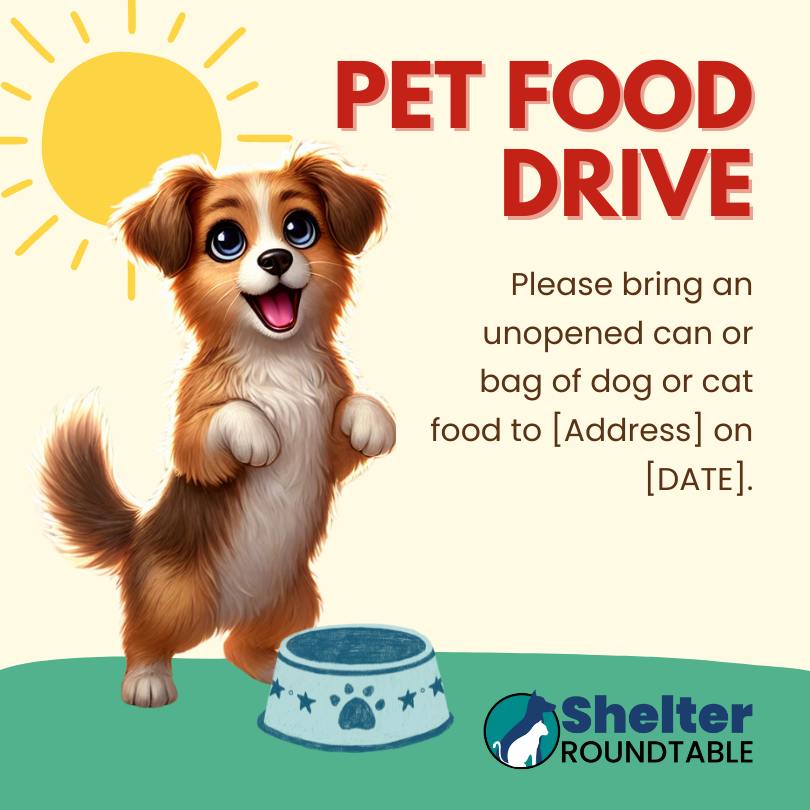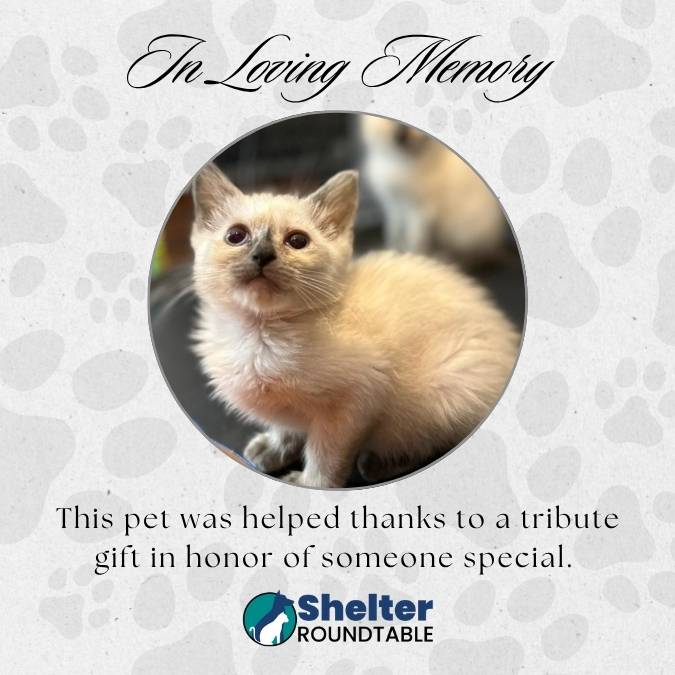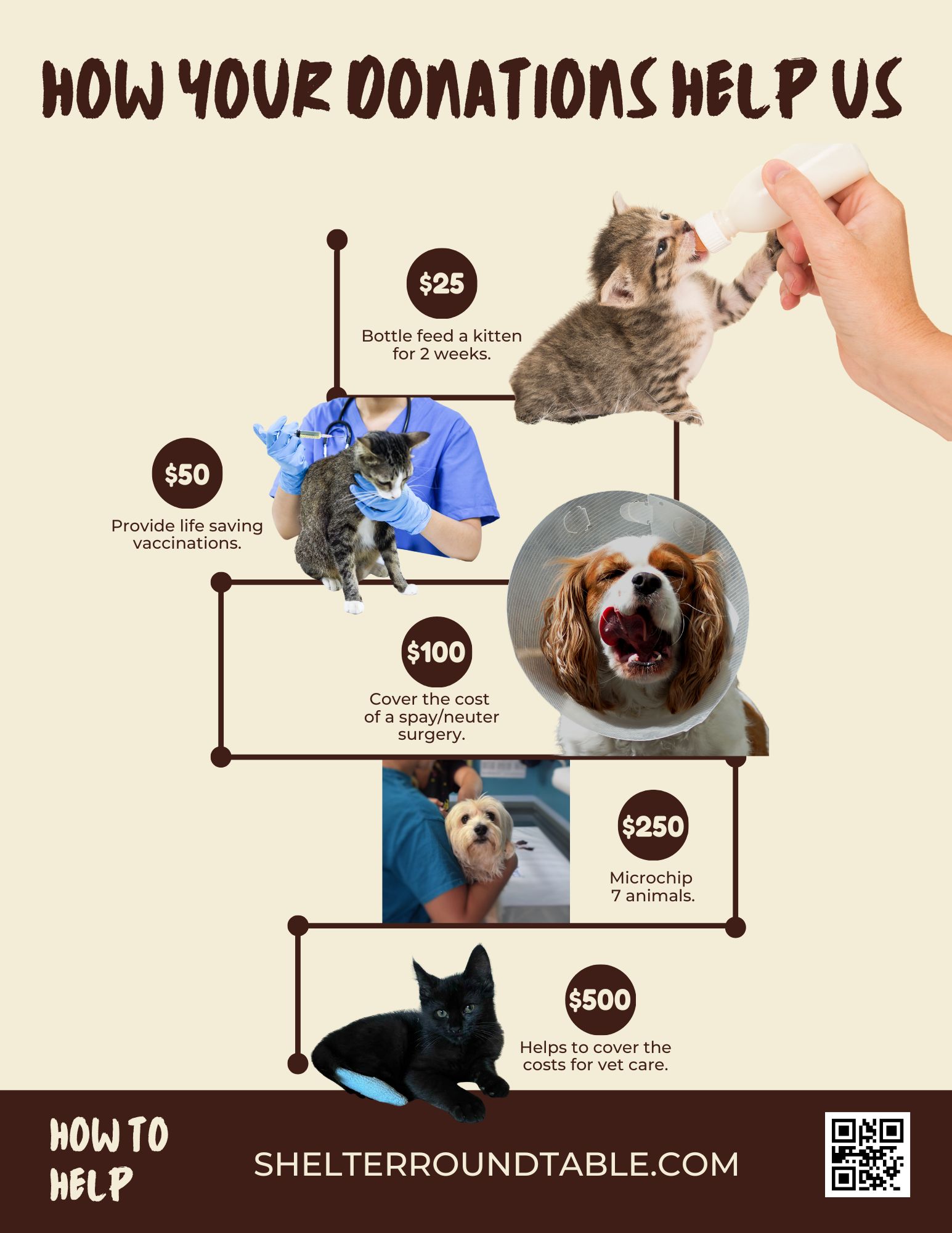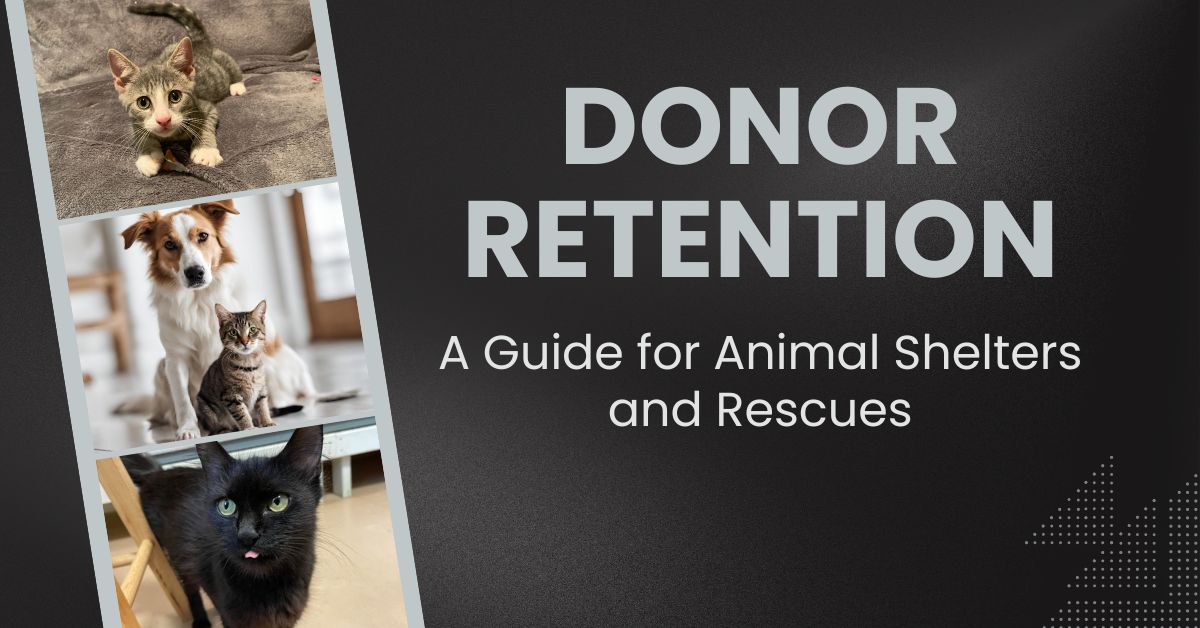Did you know that every year, millions of animal lovers like you come together to support animal shelters and rescues, making a positive impact on countless lives? Whether you’re running an animal shelter or rescue or simply passionate about the cause, the key to ensuring this vital support keeps flowing is donor retention.
In this guide, we’ll cover the art of donor retention, exploring strategies that will not only keep your supporters engaged but also turn them into lifelong advocates for your mission.
Here’s what we’ll cover in this article:
- Understanding donor behavior and segmentation
- Personalized communication and community-building
- Recognition and appreciation strategies
- Continuous engagement through newsletters, events, and updates
- The benefits of automated online donation services
Understanding Donor Behavior
Let’s take a closer look at your specific donor base. Why do they choose to support animal shelters and rescues like yours?
Donors are driven by a variety of motivations. Some are passionate about animal welfare, some just love puppies and kittens, while others may have personal connections to your cause. Understanding these motives will guide your retention efforts.
Different Types of Donors:
One-time Contributors:
- These donors make a single donation to your organization. They may or may not have a deep connection but only make a single or occasional contribution.
- Example: Sarah, who donated $50 to your shelter during a special holiday campaign.
Recurring Supporters:
- These donors commit to regular, ongoing contributions. They are likely long-time contributors.
- Example: Mark, who donates $20 monthly to support the dogs and cats in your care.
Major Donors:
- These generous individuals contribute significant amounts to your cause. They may give regularly, or they may be large, one-time donors.
- Example: The Smiths, who donated $5,000 to help build a new animal shelter wing.
Occasional Supporters:
These donors contribute sporadically, but their support is valuable. They may be people who occasionally donate when your shelter hosts events or fundraisers. Or they occasionally give toward the care of a sick puppy or kitten who needs expensive veterinary care.
Understanding the different types of donors allows you to tailor your engagement strategies to match their preferences and behaviors.
Retention rate = (donors that gave this year ÷ donors that gave last year) x 100 (expressed as a percentage) – Source iwave
Data-Driven Donor Segmentation
By categorizing donors based on their behavior, demographics, and giving history, you can speak to their unique interests and needs. Fewer, but more targeted, messages are more effective than bombarding everyone with the same message. Specific messaging helps keep recipients more engaged, ultimately leading to higher donor retention rates.
| Image | Title | Summary | Link |
|---|---|---|---|
 | Pet Food Drive | Help fill empty bowls! Join our Pet Food Drive to ensure every pet has a full belly this season. 🐕🐈 Your donations go a long way in spreading love and… Oh, no! This content requires a higher membership level to view. Not a member? Join for Free Today or Upgrade Your Account to Pro. … |
Ways to Segment Your Donors:
Behavior-Based Segmentation: Analyze donor behavior to identify patterns. For instance, track who attends your events, who prefers online giving, and who responds to specific appeals. You may discover, for example, that donors who attend your adoption events are more likely to become recurring supporters.
Demographic Segmentation: Consider factors like age, location, and income to tailor your messages. Different age groups may have distinct preferences and giving capabilities. An example of smart segmentation is to only send emails about volunteering opportunities to local donors.
Giving History: Understand past patterns to predict future behavior. Recognize your most loyal donors and acknowledge their commitment. Send a handwritten thank-you note to donors who’ve consistently supported your cause for years. You may want to give them a small gift each year, like a calendar, to show your appreciation.
You can segment donors by ‘tagging’ them in your donor software or spreadsheets. Some donors will end up in more than one segment, like “recurring” and “major donor.” Keep those tags up-to-date. You can use segments to create goals. For example, one goal can be to convince one-time contributors to become recurring donors over a period of time.
The Fundraising Report Card reports that the average donor retention rate for nonprofits is 35.4%.
Personalized Communication
Picture this: a donor receives an email or letter that feels like it was written just for them. That’s the magic of personalized communication. It’s your superpower for nurturing donor relationships and enhancing retention. In this section, we’ll explore how personalization can turn your supporters into lifelong advocates for your cause.
Why Personalization Matters:
Tailored Messages: Craft messages that resonate with each donor’s unique interests and preferences. It shows you’re paying attention. For example, send a thank-you message highlighting a dog lover’s impact on canine rescue efforts.
Customized Content: Create content that speaks directly to different donor segments. Share stories and updates that matter most to them. Example: Share success stories of cats saved with those who have previously supported feline-related initiatives. That may a bit granular, but there are definitely people who are either “dog” or “cat” people!
Acknowledging Milestones: Celebrate special occasions like birthdays and donor anniversaries. It strengthens the emotional bond. Try sending holiday cards to long-time supporters.
Responsive Communication: Be available to answer questions and quickly provide information. Being on top of requests helps build trust and shows commitment.
Personalization isn’t just about using a first name in an email; it’s about making each donor feel noticed, appreciated, and integral. That’s what drives supporter engagement!
| Image | Title | Summary | Link |
|---|---|---|---|
 | In Loving Memory | This tribute gift was made in memory of someone deeply loved. Their legacy lives on, both in paw prints and second chances. #InLovingMemory #TributeGi… Oh, no! This content requires a higher membership level to view. Not a member? Join for Free Today or Upgrade Your Account to Pro. … |
Building a Sense of Community
If you can make your donors feel like they’re part of an exclusive club dedicated to animal welfare, then you are building a sense of community. A community spirit can boost donor retention and strengthen the bonds between your supporters.
Exclusive Updates: Offer donors exclusive access to behind-the-scenes content, updates, and stories. It makes them feel like insiders. For example, share a sneak peek video of rescued puppies settling into their new shelter home with your community of donors.
Engage in Conversations: Encourage open communication and discussion with your supporters. It creates a sense of belonging. Consider hosting a virtual Q&A session where donors can chat with your team and ask questions about recent rescue efforts or other happenings at the shelter.
Recognition and Appreciation: Recognize and celebrate the contributions of your top supporters within the community. It fosters a sense of pride. Try highlighting a “Business Donor of the Month” in your newsletter, showcasing their impact and dedication. (Keeping in mind your privacy policies for individuals.)
Collaborative Initiatives: Invite donors to participate in collaborative projects or events. You could ask donors to suggest and vote on project ideas or events for your shelter. And then later, give credit where it is due.
Work toward building an engaged community around your animal shelter or rescue. This not only strengthens donor retention but also creates a supportive network for volunteers and other needs.
Recognition and Appreciation
Two of the most potent tools in your donor retention arsenal are recognition and appreciation. When donors feel truly valued and appreciated, they’re more likely to stay committed. Here are some meaningful ways to express gratitude.
The Power of Gratitude:
Personalized Thank-You Notes: Send handwritten thank-you notes expressing your gratitude for their support. Mention specific contributions, such as “Dear John, Your recent donation of $1000 helped us provide shelter and care for five homeless dogs. Thank you!”
Impact Reports: Regularly share detailed impact reports highlighting how donors’ contributions have made a difference. For example, showcase how a recent donation drive enabled your shelter to rescue and rehabilitate a neglected cat.
Exclusive Donor Events: Host special events or webinars exclusively for your donors to show your appreciation and engage with them. Arrange a virtual “Donor Appreciation Day” with guest speakers and a virtual shelter tour.
Donor Spotlights: Feature donors (with their permission) in your newsletters or on your website, sharing their stories and what inspired them to support your cause.
- Highlight a donor’s journey from adopting a rescue pet to becoming a dedicated supporter.
Everyone likes to be appreciated. Make extra efforts to show your donors how much they mean and how much you appreciate them.
| Image | Title | Summary | Link |
|---|---|---|---|
 | How Your Donations Help Us- Flyer | Print content requires Pro Membership. Not a member? Join Today or Upgrade Your Account. … |
Continuous Engagement Strategies
Continuous engagement strategies are the key to maintaining the connection with your donors.
Sustaining a Donor Connection:
Informative Newsletters: As mentioned above, regularly send newsletters with compelling stories, success updates, and upcoming events.
- Provide donors with a window into the daily operations of your shelter or rescue. Share stories of animals that have found forever homes, highlight the efforts of your dedicated staff and volunteers, and showcase any recent milestones or achievements.
- Include high-quality photos and videos to engage and help readers connect emotionally.
Interactive Events: Host engaging events, both in-person and virtual, to connect donors with your cause.
- Events can range from adoption drives and fundraising galas to educational webinars and volunteer appreciation days.
- Have these events provide opportunities for donors to interact directly with the animals they’re helping and the people running your organization.
For example, organize an adoption day where donors can meet the animals they’ve helped rescue. Let them spend time with the animals and learn their unique stories.
Impact Updates: Keep donors in the loop about how their contributions are making a difference.
- Share concrete statistics and data to demonstrate the impact of their support. Provide updates on the number of animals rescued, adopted, or treated, as well as any specific capital projects or initiatives that their donations have funded.
- Highlight success stories of specific animals that were abandoned, sick, or fostered, thanks to donor generosity. Include before-and-after photos of animals that have made remarkable recoveries.
Acknowledgment and Follow-Up: Promptly acknowledge any additional donations or support from your donors and express your gratitude.
- Personalize thank-you messages whenever possible. Be sure to mention the specific contribution and its impact. For very large contributions, take the time to write a handwritten note.
- Follow up and provide updates on how their recent donations have been utilized.
Consistent engagement keeps your donors connected to your mission and demonstrates the tangible impact of their support.
Bonus Section: The Power of Automated Online Donation Services
Managing donor retention and engagement can be a rewarding but time-consuming task. Fortunately, automated online donation services can be a game-changer for your animal shelter or rescue organization. Here’s how they can make your job easier:
Efficient Donation Processing: Automated services streamline the donation process, making it quick and hassle-free for donors. This convenience encourages repeat contributions.
Personalized Communication: Many automated systems allow you to set up personalized email campaigns based on donor segments. This will help you send tailored messages to each group. For example, you could segment your donors into categories like “first-time donors” and “long-term supporters” to send them relevant updates and appeals.
Automated Thank-You Messages: Sending immediate thank-you messages or receipts is a great feature. It acknowledges the contribution immediately and gives donors confirmation that their donation went through.
Data Analysis and Reporting: Automated systems often come with built-in analytics tools that can help you track donor behavior and campaign effectiveness. This allows you to easily monitor which fundraising campaigns or appeals perform best and adjust your strategy accordingly.
Recurring Giving Management: Many donation services allow you to set up and manage recurring giving programs. This feature allows donors to commit to ongoing support without the need for manual follow-ups. Allowing donors to set up recurring donations helps ensure a steady revenue stream for your organization month after month.
Utilizing automated online donation services not only streamlines your processes but also enhances the donor experience.
Retaining donors is about making your supporters feel like an integral part of your shelter or rescue family. By carefully nurturing these connections, you inspire ongoing support and create advocates for your cause!





0 Comments